As the introduction further writes:
Insight can be acquired. In fact, you most certainly add your own insight by looking at the cartoons in this book. The same effect may be had by reading a novel by Simenon. His insight into people becomes your insight into people. Now, when you go to Paris, you will not hurry in a narrow alley, anxious to get to the Arc de Triomphe and muttering something to your wife about the nasty little café you are passing, Instead, you will pause and observe the little café with interest. Here, according to Simenon, is where life is lived. You may even go into the little café.
Like Simenon, the cartoonist has few illusions about the human race. In a sad and melancholy frame of mind he dips his pen into India ink to show us yet another of our follies. Fortunately for us he is filled with tolerance and a love for people, so his cartoon is extremely funny. But the cartoonist does not laugh. He leaves that to us.
This one's by Norman Thelwell
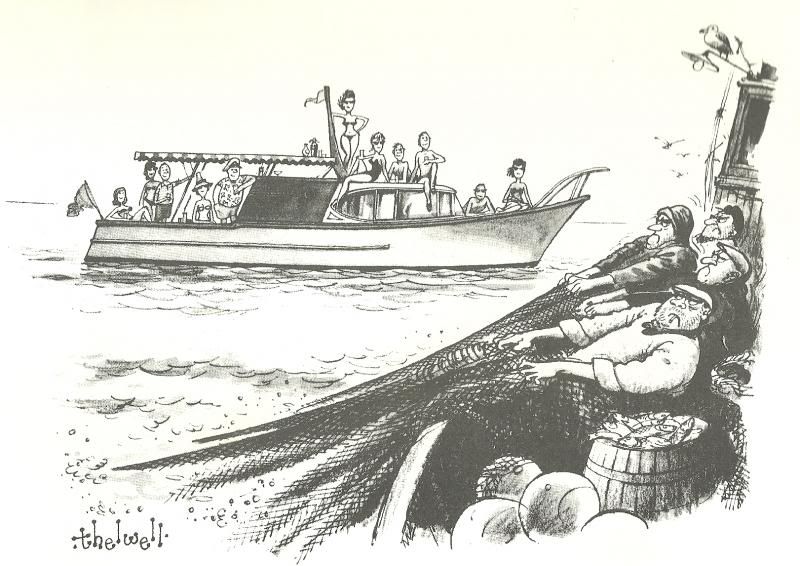 Whitney Darrow, Jr. for the New Yorker
Whitney Darrow, Jr. for the New Yorker
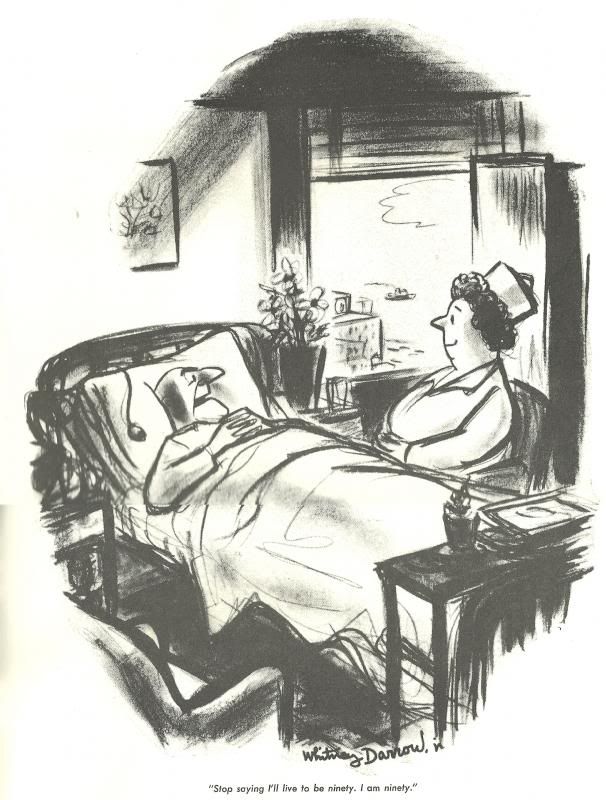 Jules Stauber
Jules Stauber
 Sudhir Dar
Sudhir Dar
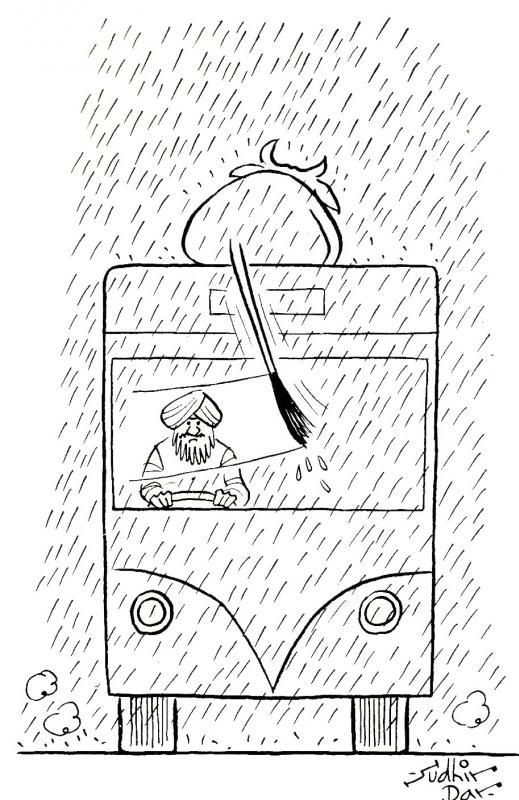 Stan Hunt, again for the New Yorker
Stan Hunt, again for the New Yorker
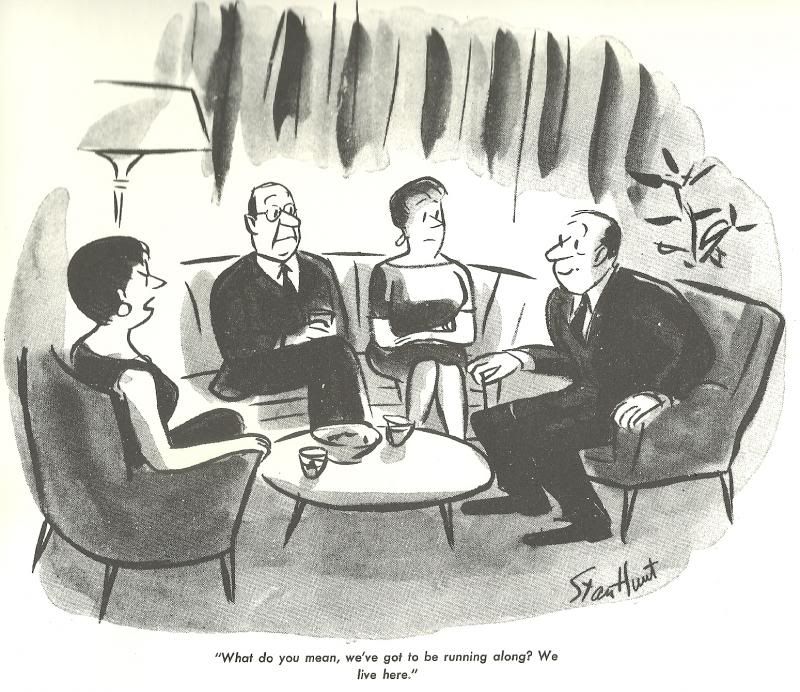 Jean-Jacques Sempé
Jean-Jacques Sempé
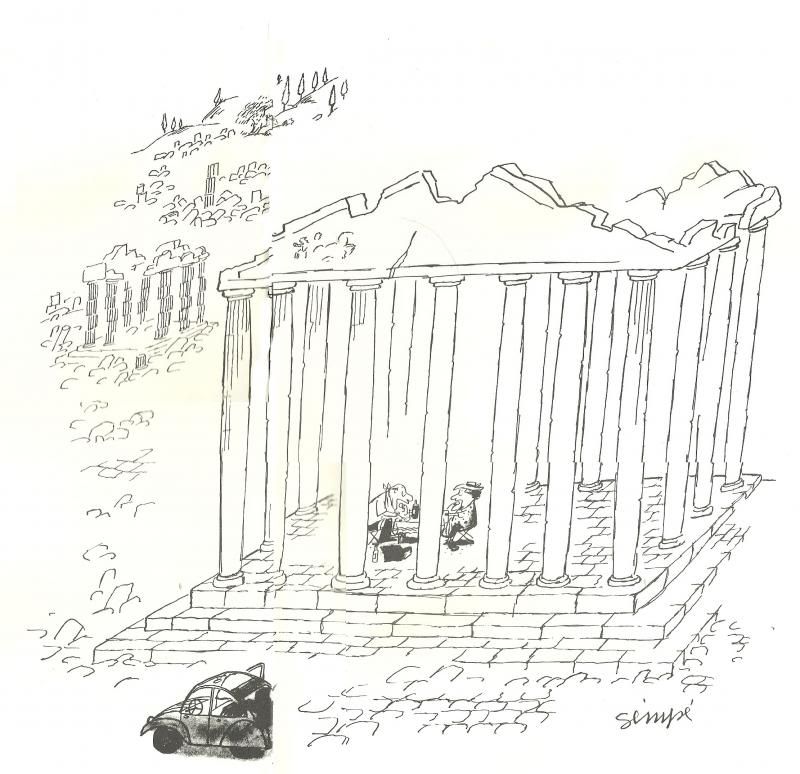 Hans-Georg Rauch, who is written of in the introduction...
Hans-Georg Rauch, who is written of in the introduction...The powerful and amazing drawings of a new young cartoonist, Rauch, present humanity in cages, showing lovers separated, as well as the separation of friends and enemies.
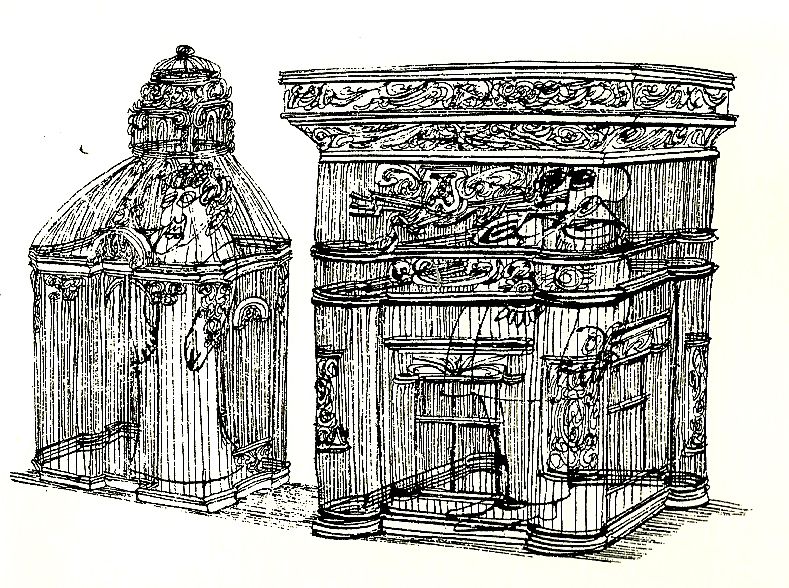 James Stevenson in the New Yorker
James Stevenson in the New Yorker
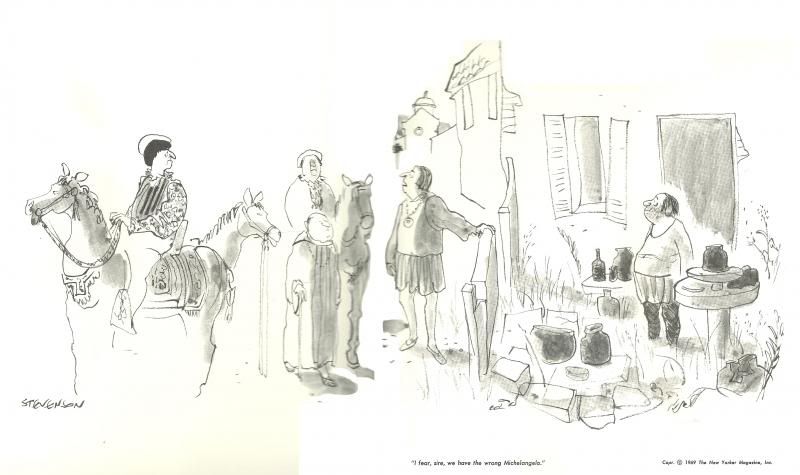 Guillermo Mordillo
Guillermo Mordillo
 Vahan Shirvanian
Vahan Shirvanian
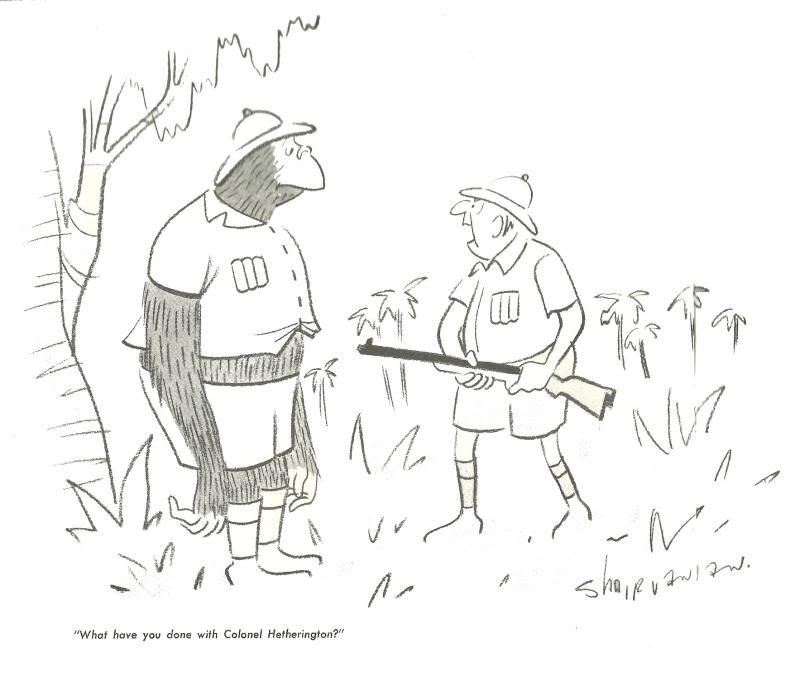 Stanislav Holý
Stanislav Holý
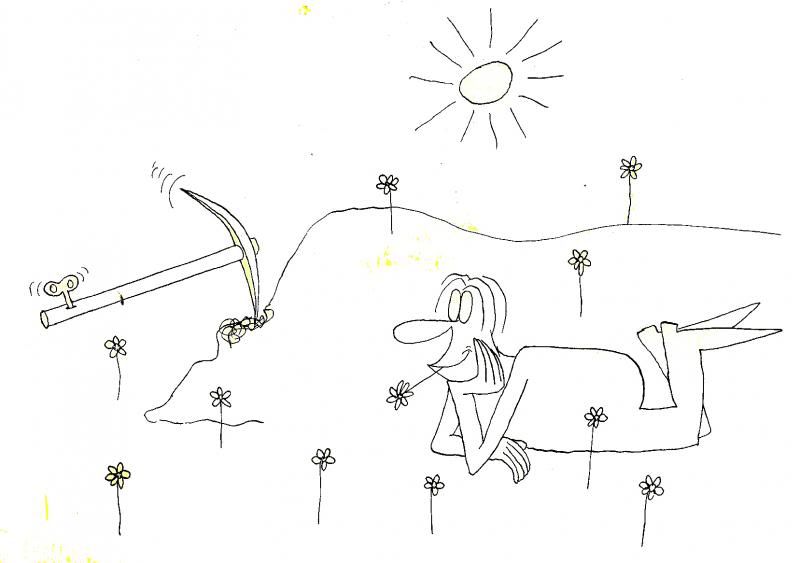 Terrence “Larry” Parkes for Punch
Terrence “Larry” Parkes for Punch
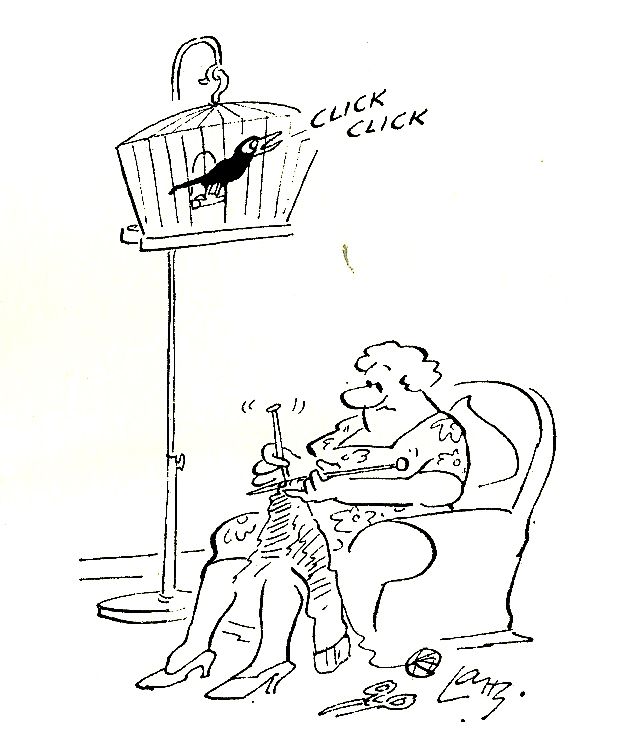 Charles Saxon in New Yorker
Charles Saxon in New Yorker
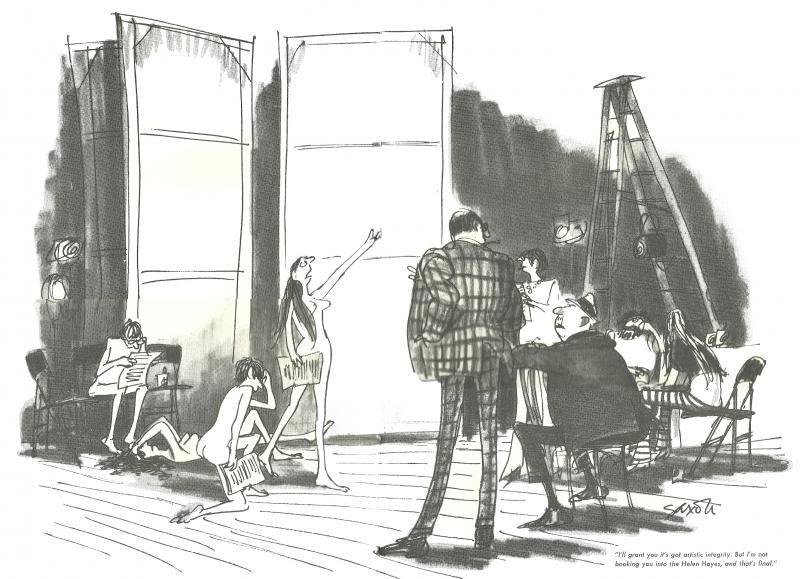











































































No comments:
Post a Comment